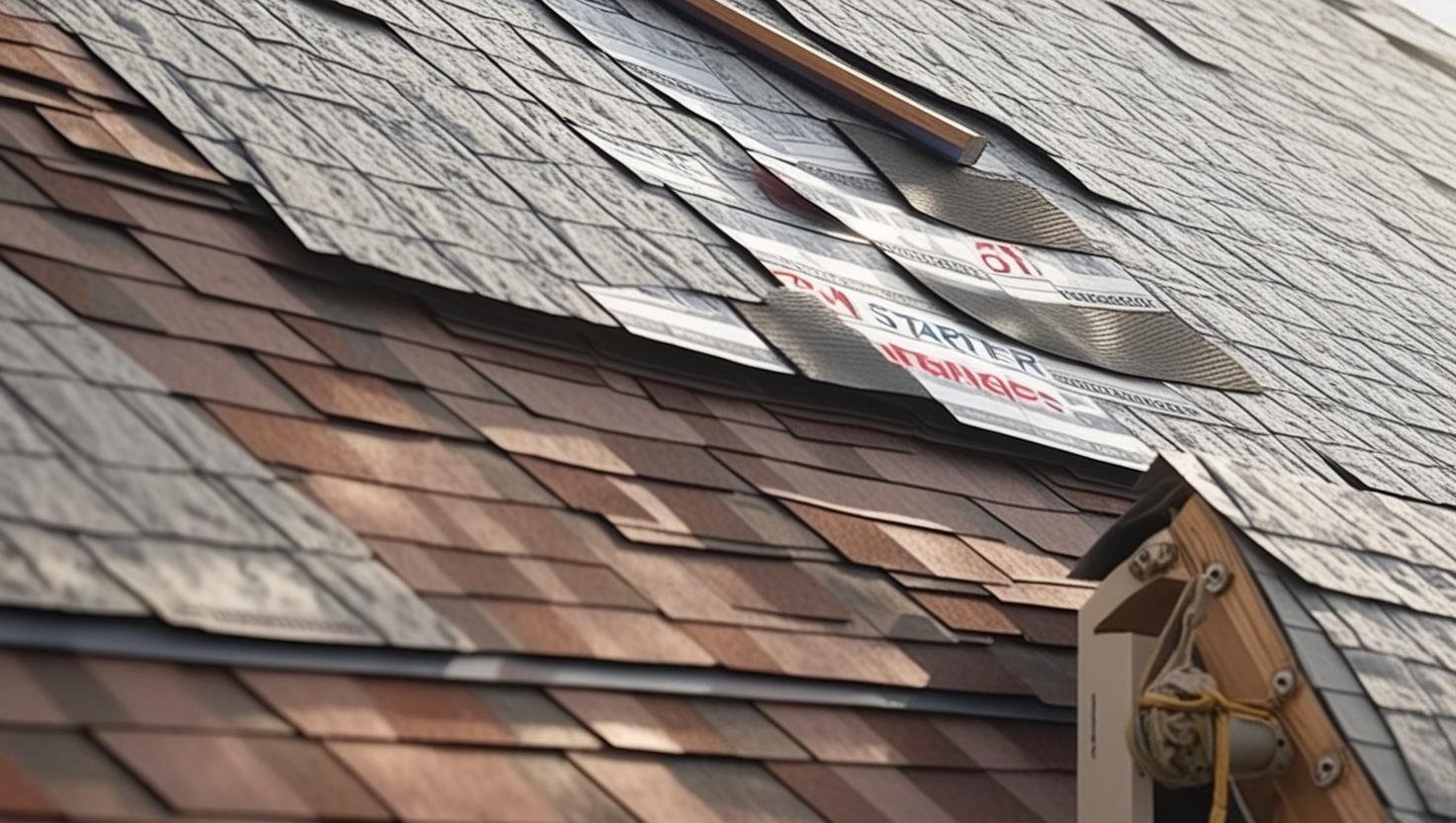What Is Drip Edge Flashing? The Drip Edge Flashing Secret That Saves Your Roof
Table of Contents
ToggleIntroduction
Regarding roof protection, most homeowners focus on shingles—but the real unsung hero is drip edge flashing. After 30 years in the roofing industry, I’ve seen how this simple L-shaped metal strip (often called D-metal) makes a massive difference in a roof’s longevity. Installed along the roof’s edge, it sits over the underlayment and under the shingles, directing water into the gutters and away from your home’s vulnerable areas.
Without it, rainwater can seep behind the fascia, rot the wood, and weaken your roof’s structure. Over time, this leads to mold, ice dams, and pest infestations—problems that are expensive to fix but easy to prevent. Proper drip edge flashing is non-negotiable, whether installing a new roof, replacing an old one, or making repairs. Building codes are required in most regions (especially North America) because they are essential.
What Exactly Does Drip Edge Flashing Do?
Drip edge flashing is a thin metal strip (usually aluminum, galvanized steel, or copper) installed along the roof’s eaves and rakes. Its job? To control water runoff, keep it from curling back under the shingles and rotting the roof deck. Here’s why it matters:
- Prevents water damage: Without it, rain can seep behind gutters, rotting fascia, and soffits.
- Stops pests. Small gaps between the roof deck and fascia are open invitations for rodents and insects. A drip edge seals them off.
- Fights ice dams: In cold climates, it helps meltwater flow into gutters instead of refreezing at the roof’s edge.
- Meets building codes: Most regions now require drip edges for proper roof installation.
Types of Drip Edge Flashing
Not all drip edges are the same. The right choice depends on your roof’s design and local weather conditions. Here are the four main types:
- L-Shaped Drip Edge: This style is the most common and perfect for standard roofs. It tucks under the underlayment and extends over the fascia, guiding water away cleanly.
- T-Shaped Drip Edge: This drip edge is best for roofs with complex angles or heavy wind-driven rain. The extra vertical lip adds protection against water infiltration.
- J-Shaped Drip Edge Curved and sleek, this style is ideal for homes where aesthetics matter (like cabins or historic properties).
- C-Shaped & Vented Drip Edge: These are less common and are used in specific cases where extra airflow is needed beneath the roof.

How to Choose the Right Drip Edge for Your Roof
Picking the best drip edge isn’t just about grabbing the first metal strip you see at the hardware store. Over the years, I’ve learned that the right choice depends on three key factors: your roof’s design, local climate, and material compatibility. Here’s how to make the most brilliant selection:
1. Consider Your Roof’s Slope & Style
- Opt for a T-shaped drip edge for low-slope roofs (4:12 or less). Its vertical lip better handles wind-driven rain.
- Steep roofs: An L-shaped drip edge works well since gravity does most drainage work.
- Decorative or historic homes: A J-shaped drip edge blends seamlessly with curved eaves or exposed rafters.
2. Match the Material to Your Climate
- Aluminum is affordable, rust-proof, and ideal for most climates. It is my go-to for coastal areas because it resists salt corrosion.
- Galvanized steel: stronger than aluminum but can rust over time. Best for dry or inland regions.
- Copper is a premium choice for longevity (50+ years) and aesthetics, but it costs more. It’s perfect if you’re pairing it with copper gutters or a metal roof.
3. Check Local Building Codes
Some areas mandate specific drip edge materials or dimensions. For example:
- Northern U.S./Canada: Codes often require wider flanges (3+ inches) to handle ice dams.
- High-wind zones: Look for thicker-gauge metal (26 oz or heavier) to resist bending during storms.
Pro Tip: Ask your roofer or local building inspector when in doubt. I’ve saved clients hundreds by catching code requirements early!
4. Don’t Forget the Finish
- Painted drip edges (like white or brown) hide better against fascia but may fade.
- Unfinished metal (e.g., bare aluminum) is low-maintenance but stands out visually.
Fun Fact: I once helped a homeowner match a copper drip edge to their Victorian-era home—it looked so good that the neighbors asked for the same upgrade!
Why You Should Never Skip Drip Edge Flashing
I’ve inspected hundreds of roofs, and the ones without drip edges always show the same problems:
- Rotting fascia & soffits: Water sneaks behind the gutters, causing slow, costly damage.
- Winter ice dams occur when meltwater pools at the roof’s edge, refreezes, and forces moisture under the shingles.
- Pest infestations: squirrels, bats, and insects love nesting in unprotected roof gaps.
- Voided warranties: Many shingle manufacturers require drip edges to honor their warranties.
Pro Tips for Installation
- Install it correctly. Place it over the underlayment at the eaves and tuck it under the underlayment at the rakes.
- Choose durable materials. Aluminum and galvanized steel are affordable and rust-resistant. Copper lasts longer but costs more.
- Match it to your gutters. The drip edge should extend about ⅓ into the gutter for optimal drainage.
- Hire a professional. Even a tiny gap or misalignment can lead to leaks.
Final Thoughts
Drip edge flashing might seem minor, but it’s one of the most cost-effective ways to protect your roof. Don’t cut corners here, whether building a new or replacing an old roof. A small investment now saves thousands in repairs later.
If you are unsure about your roof’s sip edge, get a professional inspection. Trust me—after three decades in the business, I’ve seen how skipping this step leads to big headaches.
What Is Drip Edge Flashing? (FAQs)
1. Can I install drip edge flashing on an existing roof?
Yes, but it requires lifting the bottom row of shingles. I recommend hiring a pro—forcing old shingles up can crack them. Pro tip: If your roof is over 10 years old, pair this with a roof inspection to check for hidden damage.
2. How much does drip edge flashing cost?
For materials:
- Aluminum:
- 1–
- 1–3 per linear foot
- Galvanized steel:
- 0.75–
- 0.75–2.50
- Copper:
- 8–
- 8–15
Labor typically adds - 2–
- 2–5 facts: Fun fact: my experience, skipping this to “sa” e-money” l” ads to $500+ fascia repairs later!
3. Is drip edge flashing required by law?
Yes, most U.S. states and Canadian provinces are inundated by building codes. I’ve been denied insurance claims for water damage on roofs without proper drip edges. Always check your local IRC guidelines.
4. Can I use regular metal flashing instead?
No. Unlike flat flashing, drip edges have:
- A steeper 90°–110° bend
- Extended lips (usually 2–4 inches)
- Pre-curved edges to control water flow
Storytime: A DIY client once used duct flashing—within a year, their fascia rotted from improper runoff.
5. How often should drip edges be replaced?
With proper installation:
- Aluminum/Galvanized: 20–30 years
- Copper: 50+ years
Replace sooner if you notice:
→ Rust stains on fascia
→ Bent or detached sections
→ Shingle granules in gutters (a sign of water backup)



